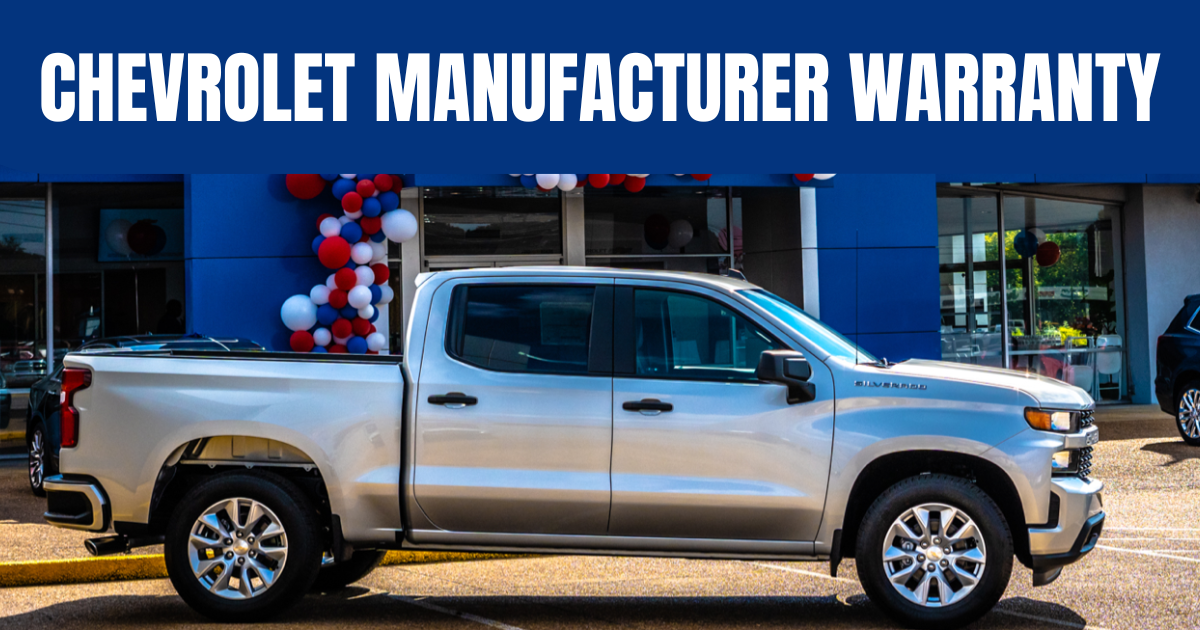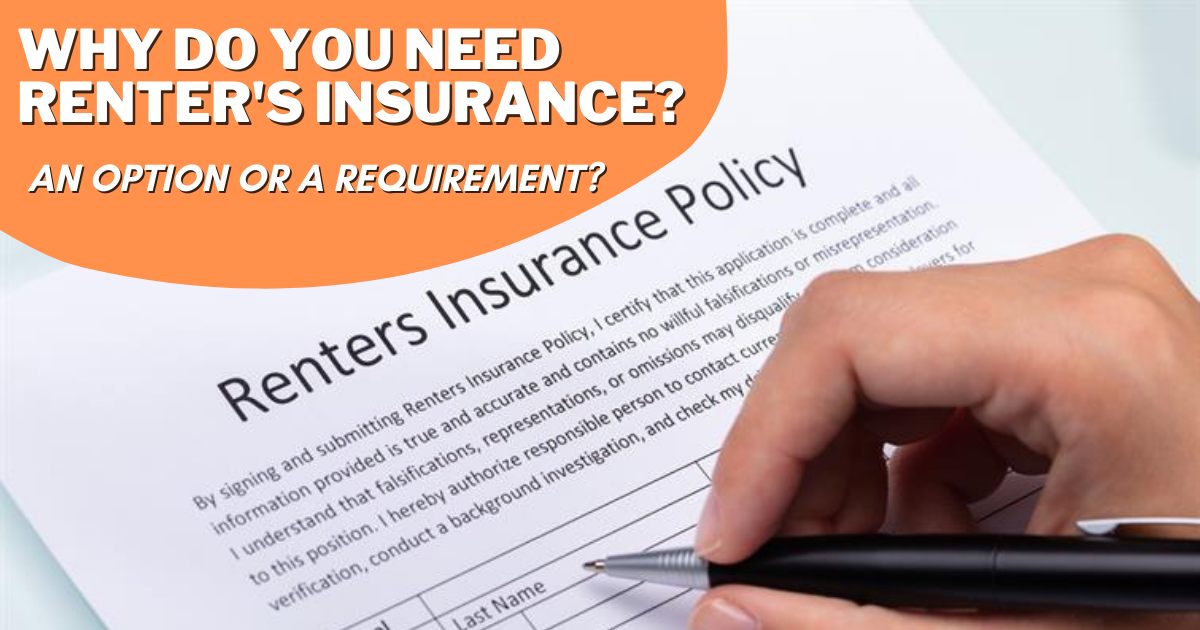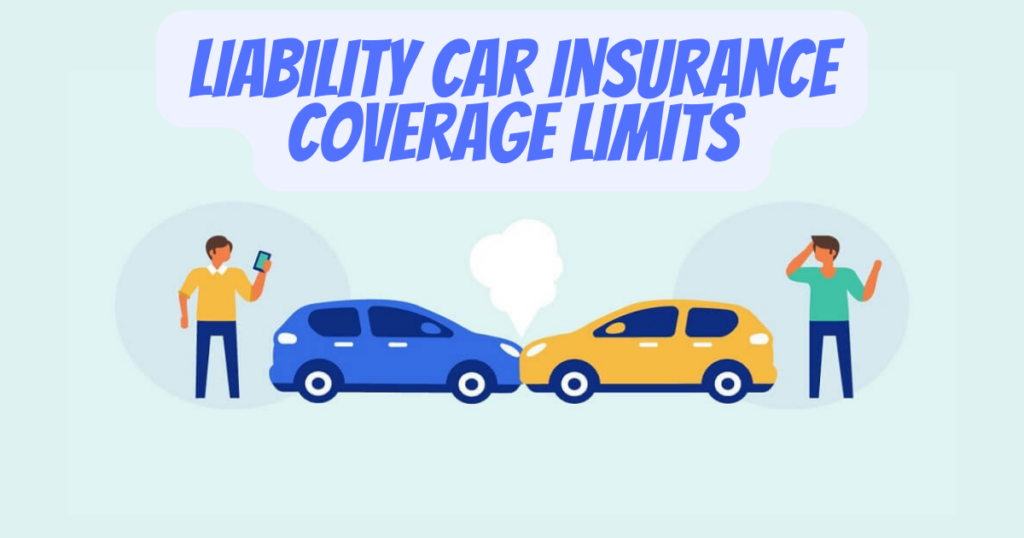
Although there are many components that make up a comprehensive auto insurance plan, liability coverage remains the backbone of every policy. It is typically the most expensive part of insurance and is mandated in the majority of states.
It’s not something you want to skimp on. Suppose you don’t purchase enough liability coverage. In that case, you could be setting yourself up for financial ruin if your auto insurance can’t pay all the costs associated with a car accident you caused.
What is liability car insurance?

Liability car insurance, also called liability coverage, helps pay for the other driver’s medical bills and court charges if you are “at fault” in an accident. Your insurer will pay for property damage and injuries up to the policy’s maximum coverage amount. Therefore, almost every state requires drivers to have liability insurance.
Related: Stacked Vs. Unstacked Car Insurance | A Complete Guide
What does auto liability insurance cover?
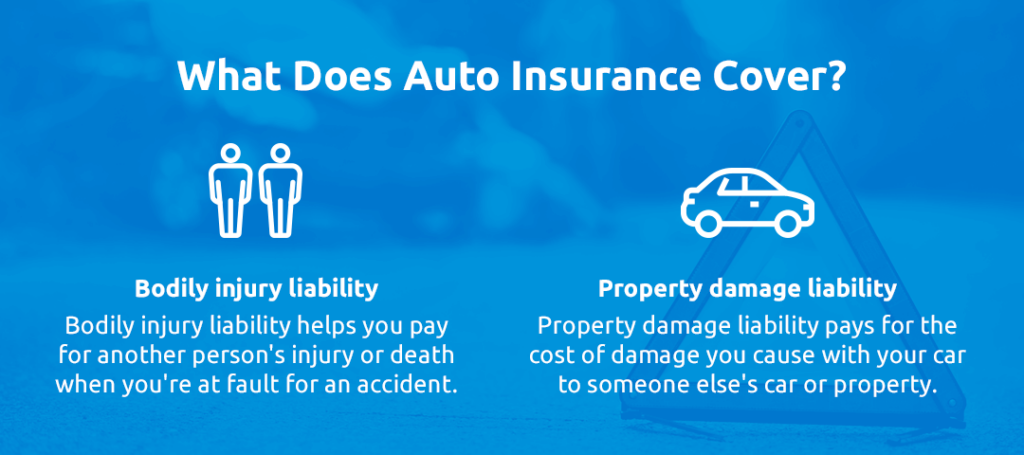
There are two types of liability insurance: Bodily Injury liability coverage and property damage liability coverage. Each covers different items.
1. Bodily Injury liability coverage (BI coverage):
If you are deemed responsible for an accident, bodily injury coverage helps compensate for the injured person’s medical bills. It also offers assistance in covering legal fees if you are sued. Each state has its own rules regarding who can file a bodily injury claim against you.
This can include:
- Medical bills
- Prescriptions
- Lost wages
- Pain and suffering
2. Property Damage liability coverage (PD coverage):
This coverage helps in covering the costs of repairing any property you may have damaged. This includes expenses related to vehicles, yards, light poles, or other property affected by the accident. For example, if you rear-end another vehicle, it may help cover the expenses of the auto shop so that you are not responsible for the entire cost.
Other things may include:
- Vehicle repair
- Fixing the damaged walls of a living room resulting from a crash
- Removing a toppled tree
- Defense and court costs if you are sued
What are the Liability Insurance Coverage Limits?
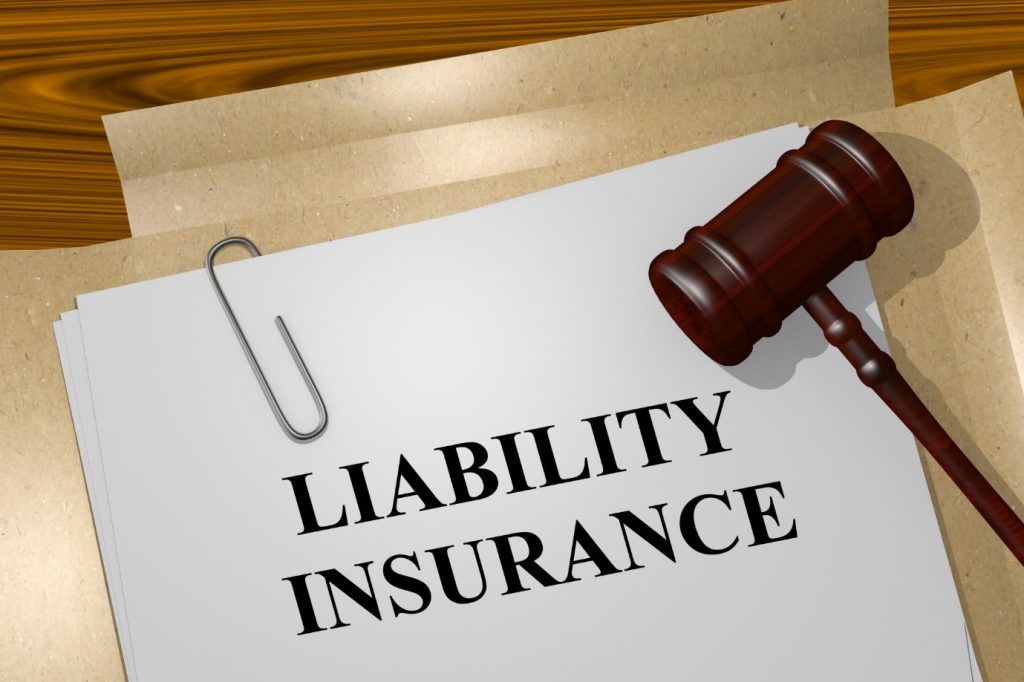
The coverage limits you select will determine how much your insurer will pay for a claim under your liability insurance. Drivers are required to acquire minimum limits of bodily injury liability and property damage liability coverage, but you are free to purchase more. Three liability coverage limits could be listed on your auto insurance policy, which is as follows:
Property damage liability limit:
This is the maximum repair cost your insurance company will cover for the harm you cause to someone else’s property. The maximum payout will not exceed the limit you’ve specified.
Bodily injury liability limit per person:
This is the maximum compensation that will be given to each victim of an accident that you have caused.
Bodily injury liability limit per accident:
This represents the maximum amount your insurance company will cover for all medical expenses resulting from a single accident where you are at fault. It is crucial to select a limit that you feel comfortable with, as it may be necessary to cover the medical costs of multiple individuals. Typically, insurers combine bodily injury and property damage limits in their packages. For instance, your policy may indicate:
- 25/50/10 (meaning a $25,000 limit per person for bodily injury, a $50,000 limit per accident for bodily injury, and a $10,000 limit for property damage)
Or
- 100/300/50 (indicating a $100,000 limit per person for bodily injury, $300,000 limit per accident for bodily injury, and a $50,000 limit for property damage)
The specific coverage limits available to you will depend on the packages offered by your insurer. It’s important to note that you might not have the option to choose individual limits for bodily injury or property damage coverage.
How much does liability coverage cost?
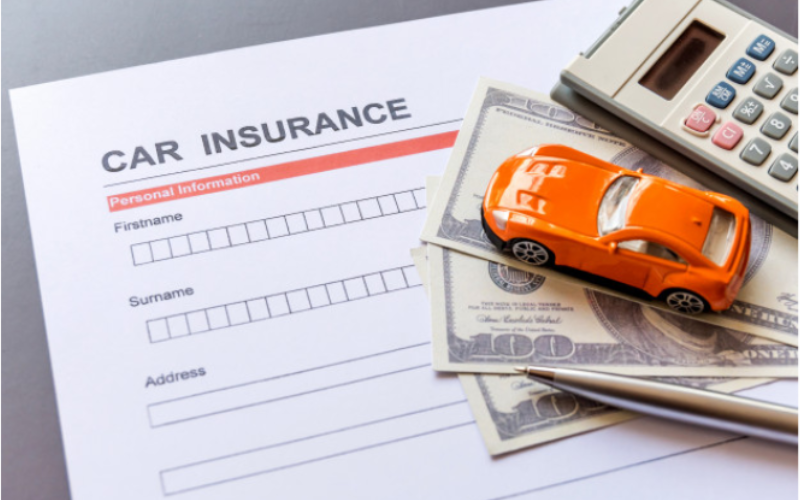
The cost of liability insurance depends on a number of things, such as how much coverage you buy. The higher your coverage level, the more you’ll likely pay for liability insurance. If you change your coverage limit, your insurer can tell you how much it will cost.
How much car liability coverage should you have?
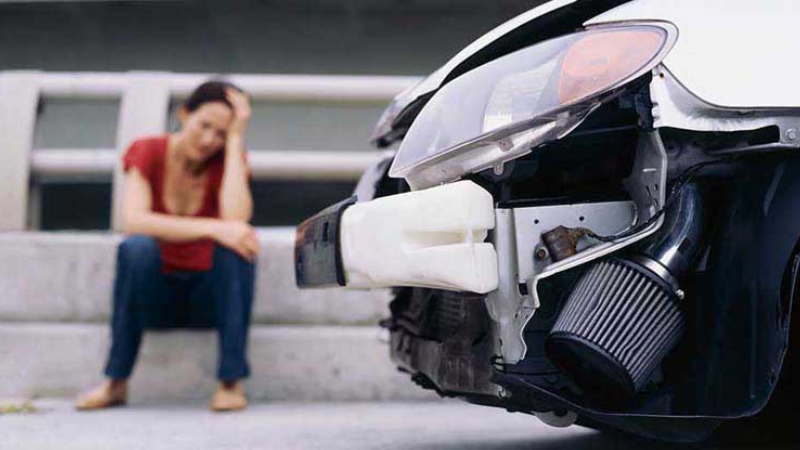
The minimum amount of liability coverage required by law varies from state to state, and the extent to which your premium will increase with additional liability insurance also varies by state. The increase in premiums is often less than expected.
It’s important to consider that paying a monthly premium for additional liability coverage is typically more affordable than the potential expenses you would face if you were involved in an accident without adequate coverage.
Suppose you opt not to purchase additional liability coverage. In that case, it’s essential to assess how much you can personally afford to pay in the event of an accident where you are at fault. While minor accidents are often covered by the state’s minimum liability coverage, it only takes one accident to disrupt your life significantly.
Why not provide further protection for your family and assets by selecting higher liability coverage at rates that fit within your budget?
Related: Weekend Car Insurance | Does It Exist & How To Get It?
What does liability coverage not cover for an auto accident?

Liability coverage is designed to financially protect you if you are responsible for damages to another party due to an accident. It does not cover damages to your own property or your injuries. For repairs to your own vehicle after an accident, collision coverage is necessary.
Additionally, liability coverage does not cover damages caused by factors like hail, where comprehensive coverage becomes relevant. While liability coverage helps with the medical expenses of someone you injure, it does not cover your own injuries.
Therefore, it may be beneficial to explore options such as medical payment coverage or personal injury protection, depending on the regulations in your state. If you have any inquiries regarding auto liability insurance or the specific coverage requirements in your state, it is advisable to consult your insurer.
Conclusion
Liability insurance is a critical element of your auto insurance coverage that should not be underestimated. In order to comply with legal requirements, almost every state mandates car liability insurance. The amount of liability coverage you require depends on your location and the potential losses you could face. Even if you aren’t required to carry some form of liability coverage, it’s worth considering for the peace of mind it can offer.

